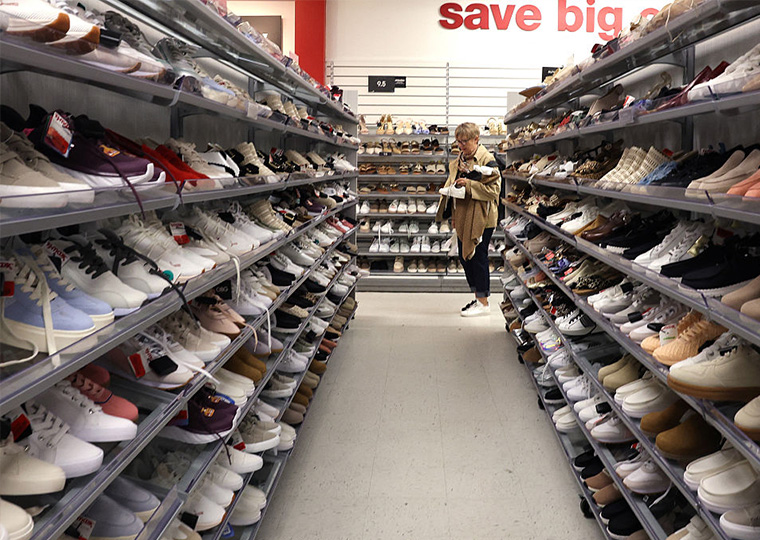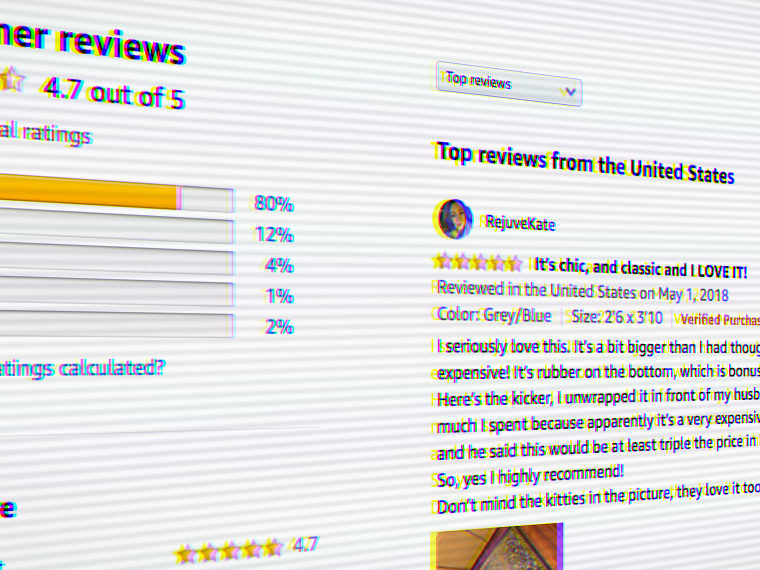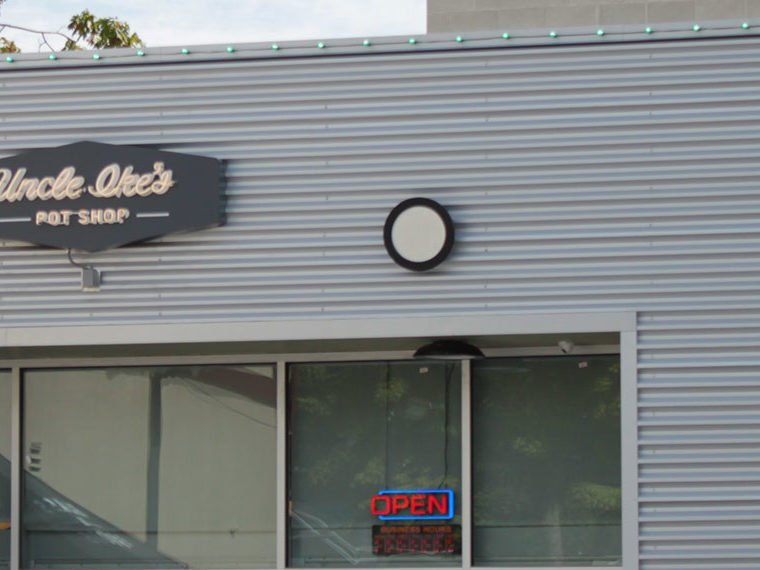A surcharge for speediness is regarded as a profit grab, while a discount for slowness seems somehow more fair
Online businesses have parlayed consumer impatience into a profitable strategy. From paying extra to get the pizza delivered faster to shelling out more for priority ride-share pickup, customers are regularly given the choice to pay money to save time.
In a survey of nearly 93 of the most popular fashion retailers, UCLA Anderson’s, Maria Giulia Trupia, a postdoctoral scholar, and Franklin Shaddy found 80% of the retailers offered an option to pay more for faster delivery, compared with 15% that only offered standard delivery. The remaining 5% gave buyers three options: standard delivery, faster-for-a-fee or a reduced cost for agreeing to a slower delivery option.
In a series of experiments involving more than 3,500 participants, Trupia and Shaddy offer evidence that the popular business practice of offering faster delivery for a fee may backfire.
Opt In to the Review Monthly Email Update.
Spend Money to Save Time vs. Spend Time to Save Money
The researchers focused on participants’ perceptions of fairness in a variety of scenarios that played on the same core trade-off: Pay more to get something faster, or accept slower delivery in return for paying less.
“Asking customers to spend time to save money is perceived as fairer than asking them to spend money to save time,” they explain in a paper forthcoming in the Journal of Consumer Psychology. “This is because spend-time-to-save-money offers reduce concerns about profit-seeking motives, thereby increasing perceptions of fairness.”
Trupia and Shaddy note that prior research established consumers are more adept at valuing money than valuing time. What could be at play in their research is that it’s easier for consumers to see a connection between higher delivery fees and a company’s thirst for profits, than it is to connect how a slower delivery process could also benefit the company.
The Fairness Factor
The researchers established the validity of focusing on fairness in an initial experiment using subjects recruited on CloudResearch. Participants who were told a retailer offers the option to spend money to save time (pay up to get something faster) rated the fairness of that policy 4.99 on a scale of 1 to 7. Participants told a retailer offers the option to spend time to save money (pay less for slower delivery) rated that as more fair, with an average score of 5.5.
To test whether fairness perceptions might impact brand choice, the researchers used a ride-sharing scenario that focused on Uber and Lyft. Participants chose between two options:
Spend-Time-to-Save-Money: Customers could wait 25 minutes (instead of 20 minutes) and pay $45 (instead of $50), saving $5 by waiting 5 minutes longer.
Spend-Money-To-Save-Time: Customers could pay $55 (instead of $50) and wait 15 minutes (instead of 20 minutes), saving 5 minutes by paying $5 more.
In addition to the same fairness scoring, participants were asked to choose between a $50 gift card from either Uber or Lyft (depending on what ride-share firm had been mentioned in their scenario) or a $20 Amazon gift card.
Once again, spending time to save money scored better on fairness, with an even more significant gap: 5.7 v. 4.2. And there was an intriguing correlation with how that may impact customer preference/loyalty. Forty percent of participants presented with the spend-time-to-save-money chose the more valuable ride-sharing gift card over the Amazon card, while just 26% of participants presented with the spend-money-to-save-time scenario chose the more valuable ride-sharing gift card over the Amazon card.
A related experiment using the same ride-sharing scenarios found that participants felt businesses that offered them to save money by waiting longer were less focused on profits as a business goal than when they charged more to save time.
To further tease out the role of perceived profit motives in driving perceptions of fairness, the researchers set up a scenario that compared a nonprofit business with a for-profit. Participants read about a theater (either nonprofit or for profit) that offered two options for snagging a seat: Wait in line 30 minutes longer to pay half price (spend time), or pay twice as much to wait 30 minutes less (spend money to save time).
As shown below, the for-profit theater scenario (baseline) had a pronounced split on fairness, echoing the findings of the other studies. The effect was still in play for the nonprofit scenario, but it was not as nearly as pronounced, furthering the profit motive as a driver of fairness perception.
The Cost of Being Seen as Less Fair
The researchers also offer evidence that there is likely a tangible cost to the decline in perceived fairness. In a separate study, participants presented with a company that offers consumers the opportunity to “spend time to save money” were more eager to recommend that company, buy its products and spend more money on its products, compared with participants who were presented with a company that charged more for faster delivery.
Given the ubiquity of spend-money-to-save-time offers, this research suggests marketers may want to refine these offers to avoid harming perceptions of fairness, which is a pillar of brand reputation and customer loyalty.
Featured Faculty
-
Franklin Shaddy
Assistant Professor of Marketing and Behavioral Decision Making
- Maria Giulia Trupia
About the Research
Trupia, M.G. & Shaddy, F. (in press). “No Time to Buy”: Asking Consumers to Spend Time to Save Money is Perceived as Fairer Than Asking Them to Spend Money to Save Time. Journal of Consumer Psychology





